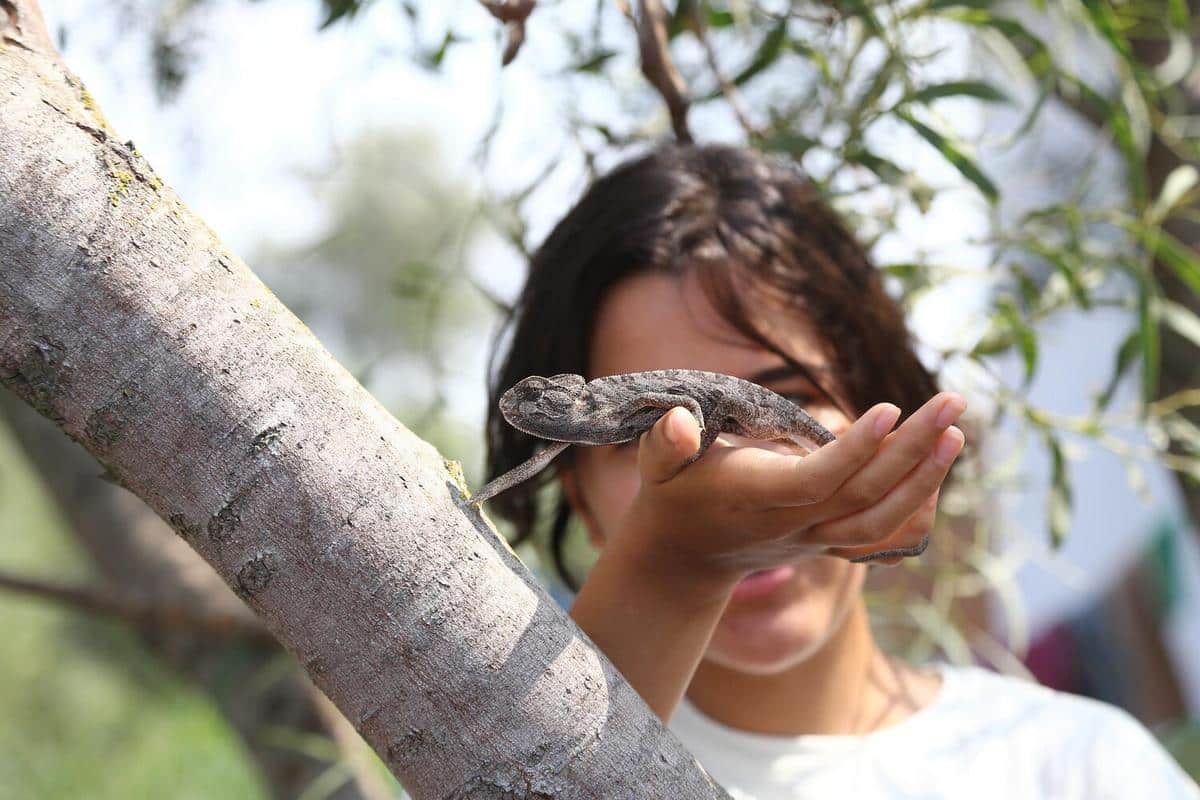
The Future of Wildlife Conservation: Challenges and Opportunities
As we navigate the complexities of our modern world, the future of wildlife conservation has become a pressing concern that demands our attention and action.
The Future of Wildlife Conservation: Challenges and Opportunities
In the ever-evolving landscape of wildlife conservation, there are numerous challenges and opportunities that define our path forward. With human activities exerting increasing pressure on biodiversity, it is crucial to explore these dynamics in detail.
Understanding the Challenges
One of the primary challenges in wildlife conservation is habitat loss. A report by the World Wildlife Fund highlights that nearly half of the world’s natural ecosystems have been altered by human activity. Deforestation, urban expansion, and agricultural development are some of the significant drivers of this change.
Climate change adds another layer of complexity. As temperatures rise and weather patterns shift, many species struggle to adapt. According to the Intergovernmental Panel on Climate Change, up to one million species face extinction due to climate-related impacts.
Opportunities for Progress
Despite these challenges, there are several opportunities that offer hope for the future of wildlife conservation. Technological advancements, such as satellite imagery and drones, enable more effective monitoring of wildlife populations and habitats. Conservationists can now gather data more efficiently, allowing for timely interventions.
Dr. Jane Goodall, a renowned primatologist, emphasizes the importance of community involvement in conservation efforts. She states, “When people understand and appreciate the natural world, they are more likely to support conservation initiatives.”
Personal Anecdotes and Examples
One inspiring example comes from Kenya, where community-driven conservancies have successfully increased wildlife populations while providing economic benefits to local people. These conservancies demonstrate the power of involving local communities in conservation efforts, fostering a sense of stewardship and responsibility.
Actionable Tips for Conservation Enthusiasts
- Support local conservation projects through volunteering or donations.
- Reduce your carbon footprint by using public transportation and consuming less meat.
- Educate yourself and others about the importance of biodiversity.
Comparing Conservation Strategies
| Strategy | Pros | Cons |
|---|---|---|
| Protected Areas | Preserves biodiversity, supports tourism | Requires significant funding and management |
| Community-Based Conservation | Empowers locals, fosters stewardship | May face resistance due to cultural differences |
| Rewilding | Restores ecosystems, promotes biodiversity | Complex and time-consuming |
| Wildlife Corridors | Facilitates species movement, reduces isolation | Land acquisition challenges |
| Technology Integration | Efficient data collection, informed decision-making | High initial costs, requires expertise |
| Ecotourism | Generates funds, raises awareness | Risk of environmental degradation |
| Species Reintroduction | Increases population numbers | Potential for human-wildlife conflict |
| Policy Advocacy | Influences legislation, creates systemic change | Can be slow and bureaucratic |
Frequently Asked Questions
What is the biggest threat to wildlife conservation?
Habitat loss and climate change are currently among the biggest threats to wildlife conservation.
How can individuals contribute to wildlife conservation?
Individuals can contribute by supporting conservation organizations, reducing their carbon footprint, and spreading awareness about the importance of biodiversity.
Conclusion
The future of wildlife conservation is filled with both challenges and opportunities. By leveraging technology, engaging communities, and implementing effective strategies, we can pave the way for a sustainable future for our planet’s biodiversity. It is crucial for each of us to take action in our own capacity to support these efforts and ensure that future generations can enjoy the rich diversity of life on Earth.


